
Bill 15: this ‘blank cheque’ legislation could dramatically change how B.C. approves major projects
Premier David Eby says new legislation won’t degrade environmental protections or Indigenous Rights. Critics warn...
When Yoenne Ewald’s hay supply fell through this spring, she was devastated. Without hay, she can’t feed her cattle. Like most farmers, she’s tough and used to troubleshooting unexpected problems but the stress this year has been on another level.
“The options are to sell them for nothing or watch them starve,” she says on her farm just outside of New Hazelton, B.C.
Under frequently smoke-choked skies, the ground is thirsty in the northwest. After a sudden and late frost, summer came early this year. With it came forest fires and drought. For much of the region, rain has been in short supply for months. Sporadic showers and cooler temperatures have provided some relief but the recent rain hasn’t reduced widespread impacts on the farming community. Plants are dying or stressed or all coming up at the same time.
Ewald says her farm, where she has been raising livestock since 2021, needs about a decade of careful rejuvenation before the soil can support natural pastures for her cattle, especially during drought. She picks up a hay bale with her tractor and takes it to her hungry herd.
“They’re getting old hay that I thankfully managed to secure by the skin of my teeth,” she says, explaining the low nutritional value of the feed means her animals are far skinnier than they should be this time of year. “It’s a shitty place to be in the middle of summer.”
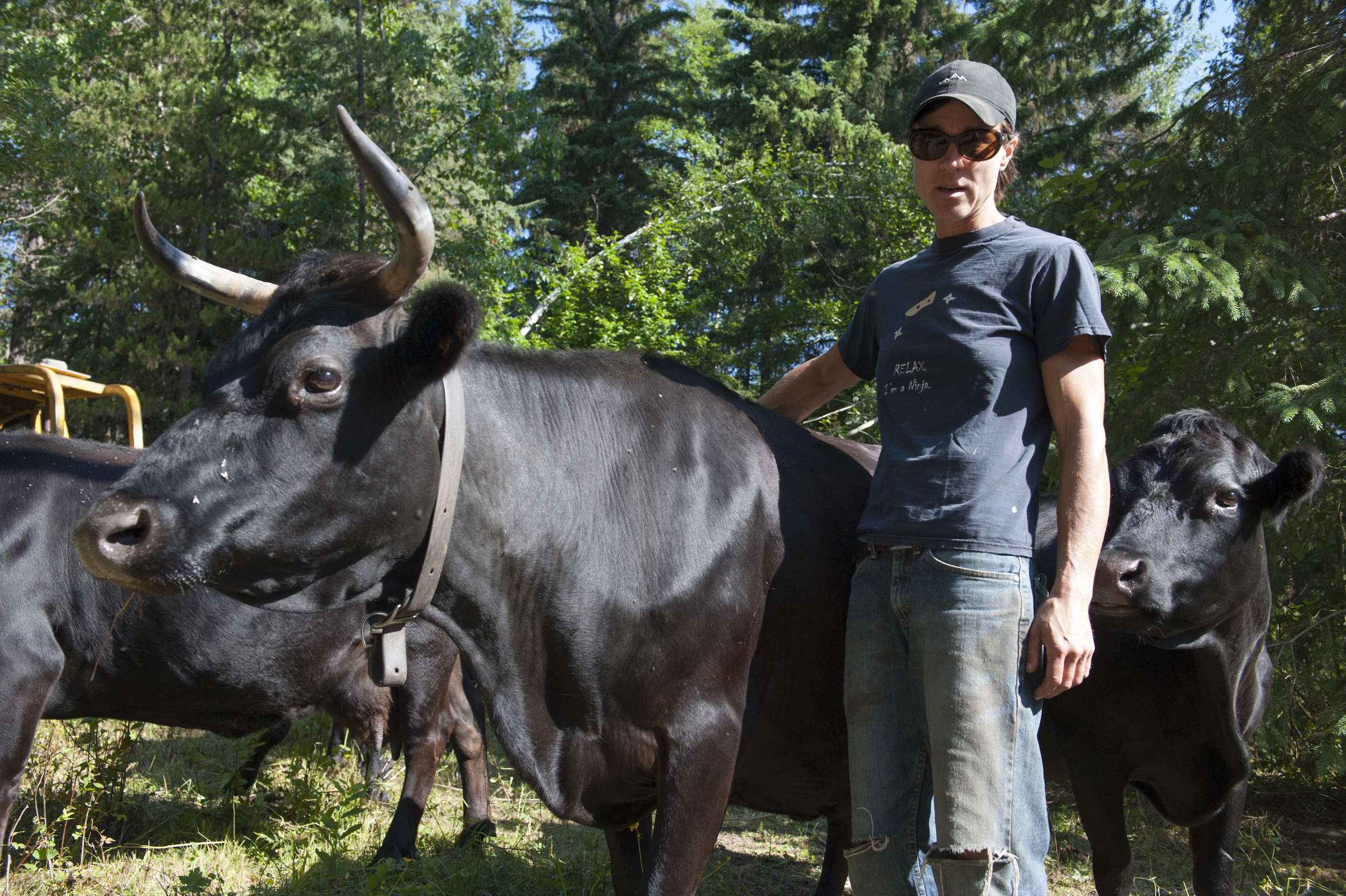
Like the weather, the price of hay is erratic. With supply scarce across the province and persistent, severe drought conditions, prices are skyrocketing. Ewald says she’s been quoted numbers she calls “astronomical,” more than double what she paid last year, adding that it would be cheaper for her to send her cattle to Manitoba for the winter. Farmers are scrambling to get enough to keep their animals alive — or they’re culling them months early, downsizing and hunkering down in the hopes that next year will be better.
Curt Gesch, a semi-retired rancher who leases land to hay producers, says only one of the three fields on his property in the rural community of Quick, B.C., got a decent crop this year.
“That’s fairly typical of what’s happening around here,” he says. “Or they’re spending more on fuel than the hay is worth. The price jumped up way, way, way, way high.”
Ewald recently sold three heifers at a loss because she can’t afford to keep them and doesn’t know what’s going to happen to the rest of her herd. Sitting at her kitchen table, dogs milling about around her feet, she runs through the sunk costs of raising the animals to this point: feeding the pregnant mothers, calving and feeding baby animals since the spring. It’s bleak, she says. Just getting calves born cost her about $650 each, not counting her time, and she’s selling them for around $300 to $400.
“It doesn’t feel good on a daily basis to not know how you’re going to provide for their basic needs — let alone make your living,” she says.
Ewald is what’s known as a direct-market producer. She sells meat to consumers through the likes of farmer’s markets or local shops not via wholesalers. This means right now her back is against a wall because she doesn’t breed the type of cattle people buy at auction. Plus, she says, the only abattoir in the area is fully booked so she can’t even cull her herd.
“It’s been a really stressful week,” she says, fighting back tears. “The long and short of it is we’ll handle it, we’ll come up with something that can handle these seasons.”
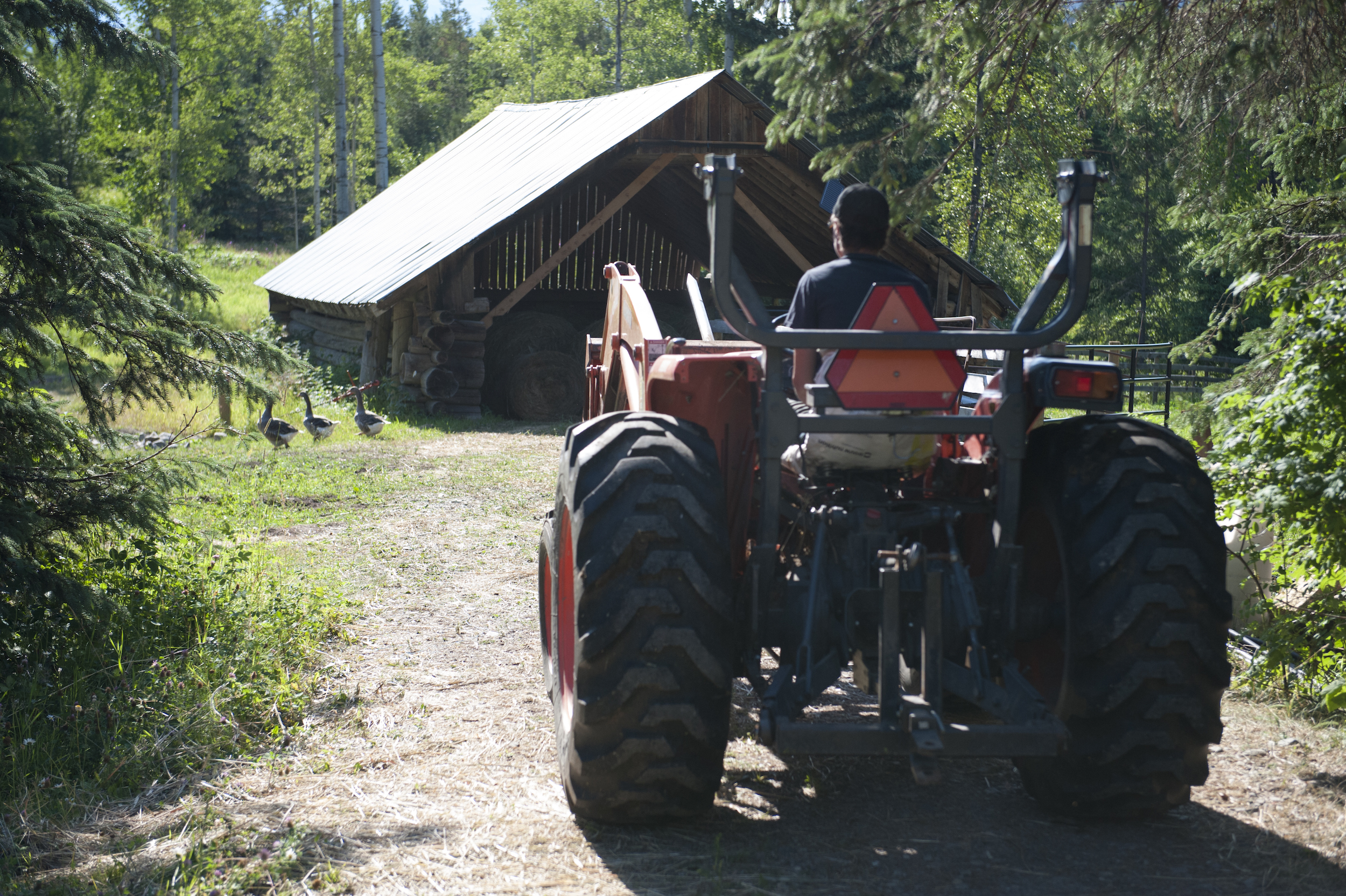
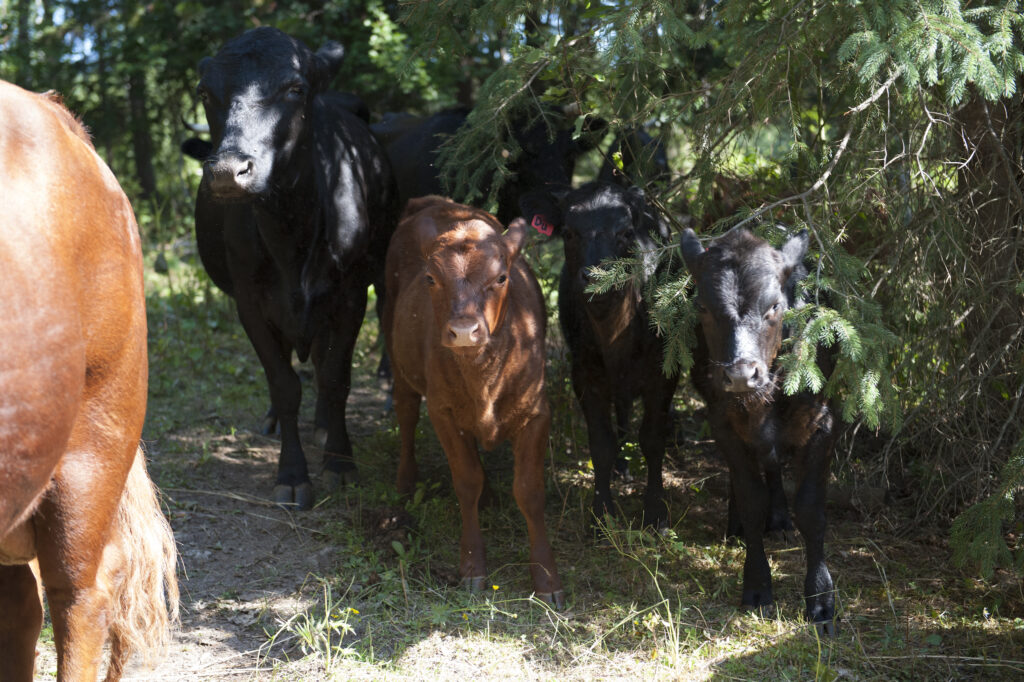
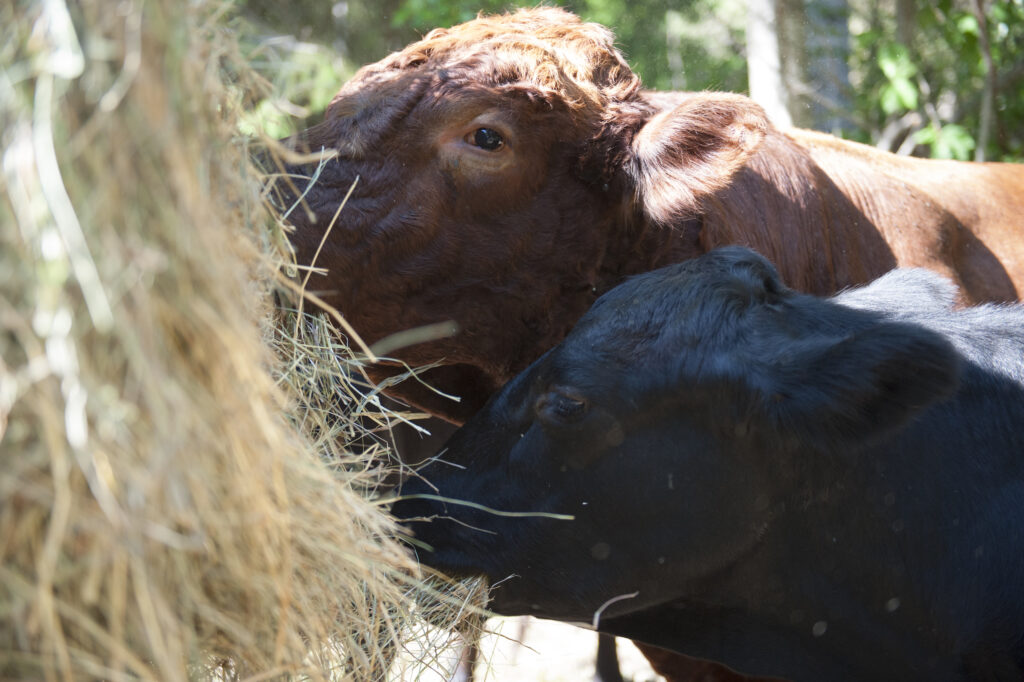
For any farmer trying to raise more than a few animals, the situation is getting desperate. Pam Alexis, B.C.’s agriculture minister, says she’s keenly aware food producers are in rough shape right now.
“It’s been awful,” she says on a phone call with The Narwhal. “This summer is just off the charts.”
“The main issue that we are directly hearing from people on the ground, with respect to drought, is that farmers and ranchers are having to use their fall and winter feed now,” she says, adding the ministry is working on both short- and long-term solutions to support producers.
“We have a regenerative committee that’s looking at soil health and just provided recommendations. There’s talks about water and conservation and who needs to be at the table. But, you know, it means having hard conversations: is this really the right crop for this region, at this stage in the game, when we’ve had so much drought? We just have to approach it logically, in my opinion, and figure out what’s going to work.”
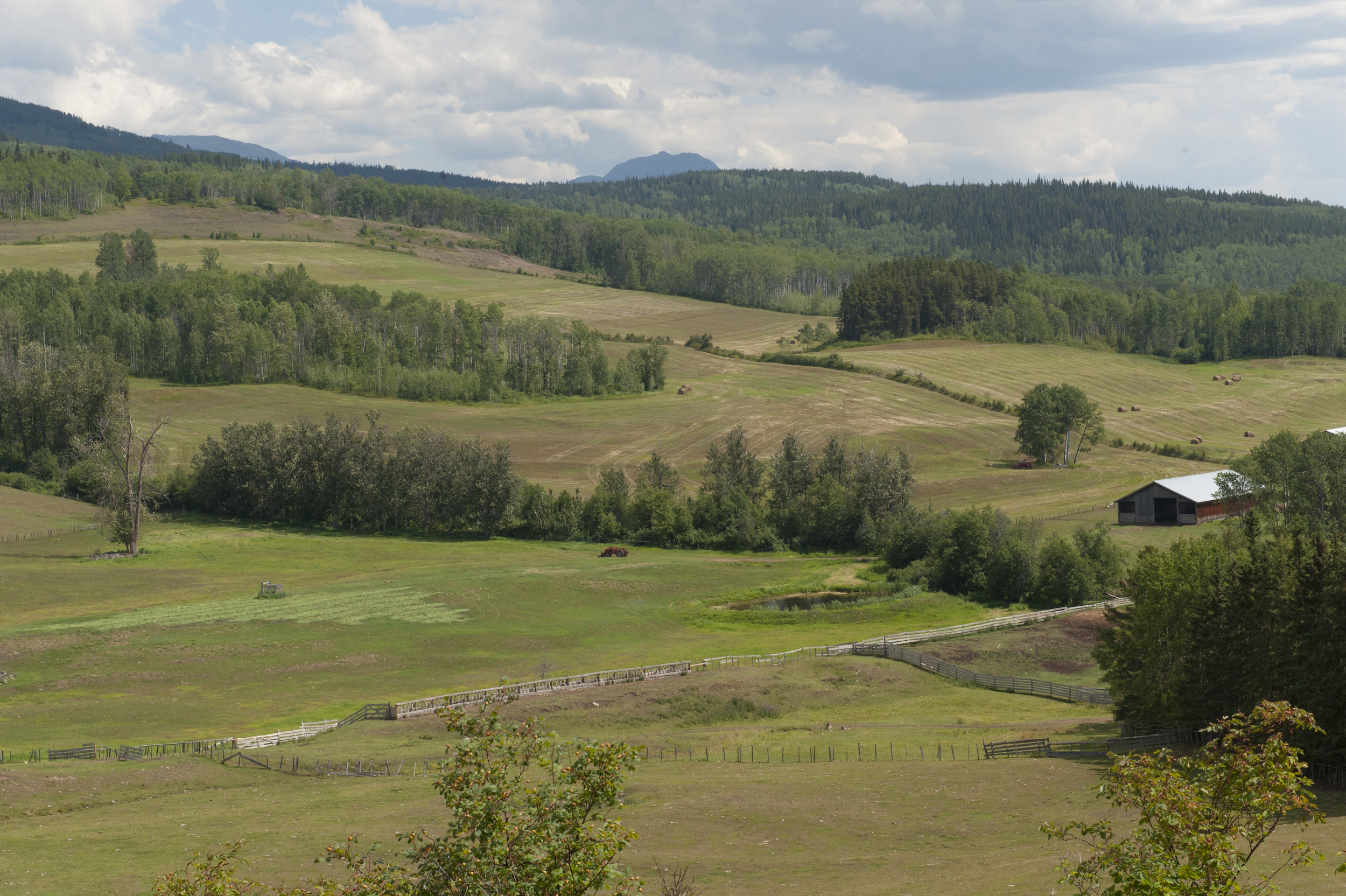
In the short-term, B.C. is providing $150,000 to support a new access to feed program through the BC Cattlemen’s Association. Kevin Boon, general manager of the industry group, says it’s doing what it can to source hay from out of province and across the border. The association isn’t purchasing hay for anyone — the program helps connect buyers to sellers and tries to keep costs as low as possible.
“We’re kind of like a dating game for hay,” he chuckles.
States like Washington, Utah and Montana have had bumper crops this year and in some cases have a significant surplus buyers can get at a reasonable rate. The real challenge, he says, is transportation.
“The trouble is, how do we get it north?” he says, explaining the further hay has to travel, the more it’s going to cost the farmer. The association is in talks with the government about getting financial support to offset transportation costs, but nothing is finalized, he says.
If drought impacts weren’t so widespread, farmers from the southern half of the province would be sending hay north to help, Boon explains. In 2021, when B.C. was hit with a catastrophic atmospheric river and numerous farms were flooded out, producers from the northwest worked together to gather extra feed to send down south.
“It was so generous,” he says. “They didn’t ask for a dime for it. Right now, when everybody up there is suffering, our guys down here are saying, ‘I’d love to put a load of hay on and send it up there — but I gotta buy five loads myself.’ We’ve run out of excess.”
The province is also working with the federal government to provide financial assistance to impacted producers. While the focus of the government’s efforts is partnering with industry groups, the ministry says it can also help small-scale producers directly and encourages anyone struggling to call AgriService BC. But life on a small farm is busy and many food producers running smaller operations don’t have the time to search out grants or other means of support. They also can’t wait for funding — their animals need to eat every day.
So far Ewald has cobbled together some half-rotten hay, substandard blends and even picked up some small square bales, not normally used for cattle, because they were a decent price. But her barn is half-empty and she says her cattle complain when fed the low-quality stuff.
“Last night, I made them pick through the worst of the hay,” she laughs. “They yell at me every time they see me.”
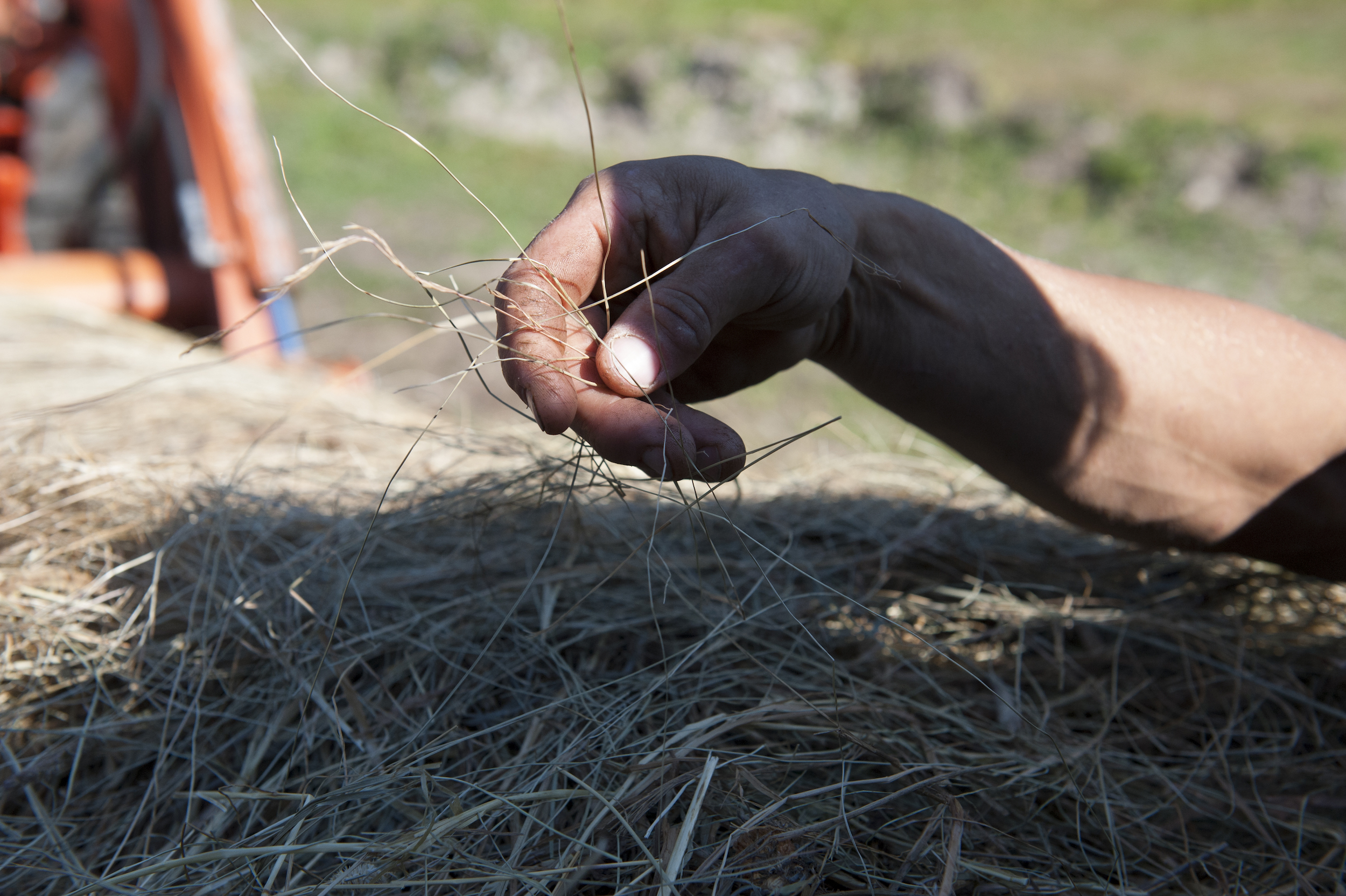
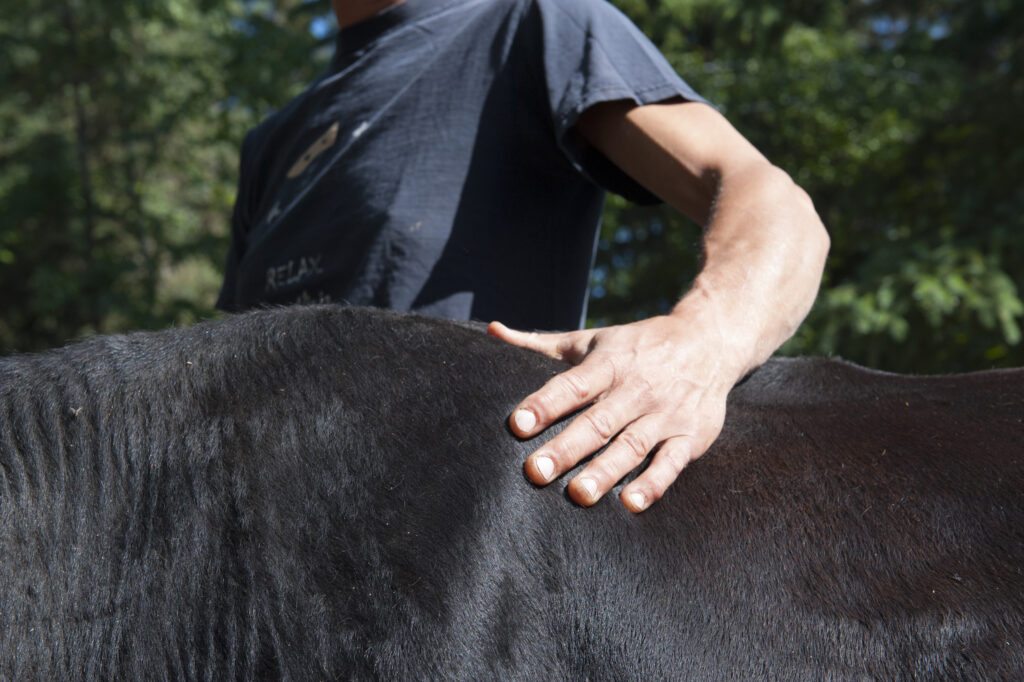

What’s happening right now will impact her farm for years to come, she says. She had plans to grow her herd over the next few years while working to improve soil health.
“That’s out of the question, I think, at this point,” she sighs. “The way to go is to just pare down the herd to a small quantity of animals so that no matter what the weather dishes, it’s going to be a sustainable system.”
The repercussions of choices like this extend far past farmers’ fences.
“If I can’t feed my animals,” Ewald says, “I can’t feed my community.”
Feeding community and supporting local food security is a lifelong passion for Mark Fisher, a farmer in Telkwa, B.C. As the former director of the Regional District of Bulkley-Nechako, he’s worked for years to support agriculture and food networks in the northwest. He says what’s happening on the land this year, while not entirely unexpected, has been nearly impossible to prepare for.
“It’s not like it’s a surprise,” he says. “You can see these things coming. But now that it’s here, there are no certainties. And it’s much more than just water.”
On his farm, perched on a hill overlooking the river valley, he’s been increasing his water storage systems, developing new planting techniques and experimenting with different timing and cycles of crops. He’s been farming in the area for more than 20 years and says he knows every inch of his land — what it needs, which plants grow where and how best to nurture them. But the erratic weather patterns and unpredictable climate are triggering a complex and cascading series of impacts.
“There’s an infinite amount of problems,” he says. “I was prepared for the [lack of] rain; I wasn’t prepared for all these other things.”
He talks about how photosynthesis was hampered this year by spring pollen not getting washed off leaves until a few weeks ago. The prolonged heat led to early plant harvests, which means he now has food storage and refrigeration issues.
“Food security is the one that scares me the most,” he admits, explaining he doesn’t just grow food for the community, it’s also how he feeds himself. “I don’t generally go to the grocery store a lot. But all the stuff I’m going to be harvesting normally in August and September, that’s coming now. I’m not going to be able to store that [for] an extra two months, I’m going to try to sell it off to recoup some of my costs of labour instead. I just don’t know what to do.”
Ewald says one of the things she’s most concerned about is social dynamics. In a crisis, people tend to react in two ways: coming together to support one another or isolating and protecting what’s closest.
“When you’re in a very bad position, it breeds suspicion,” she says. “You start having these kinds of uncomfortable, ugly feelings about people in the community.”
As hay prices continue to climb, she says it’s hard to know whether folks are taking advantage of the situation or, like Gesch said, losing money on the hay they’re selling, even at inflated prices.
But she says as bad as it all feels right now, she’s grateful for the people who are trying to help.
“I have had people that I only know sort of by association, going out to bat and searching their contacts trying to find hay for me.” And if she finds herself in the unlikely position of having a surplus of hay, she plans to help her neighbours.
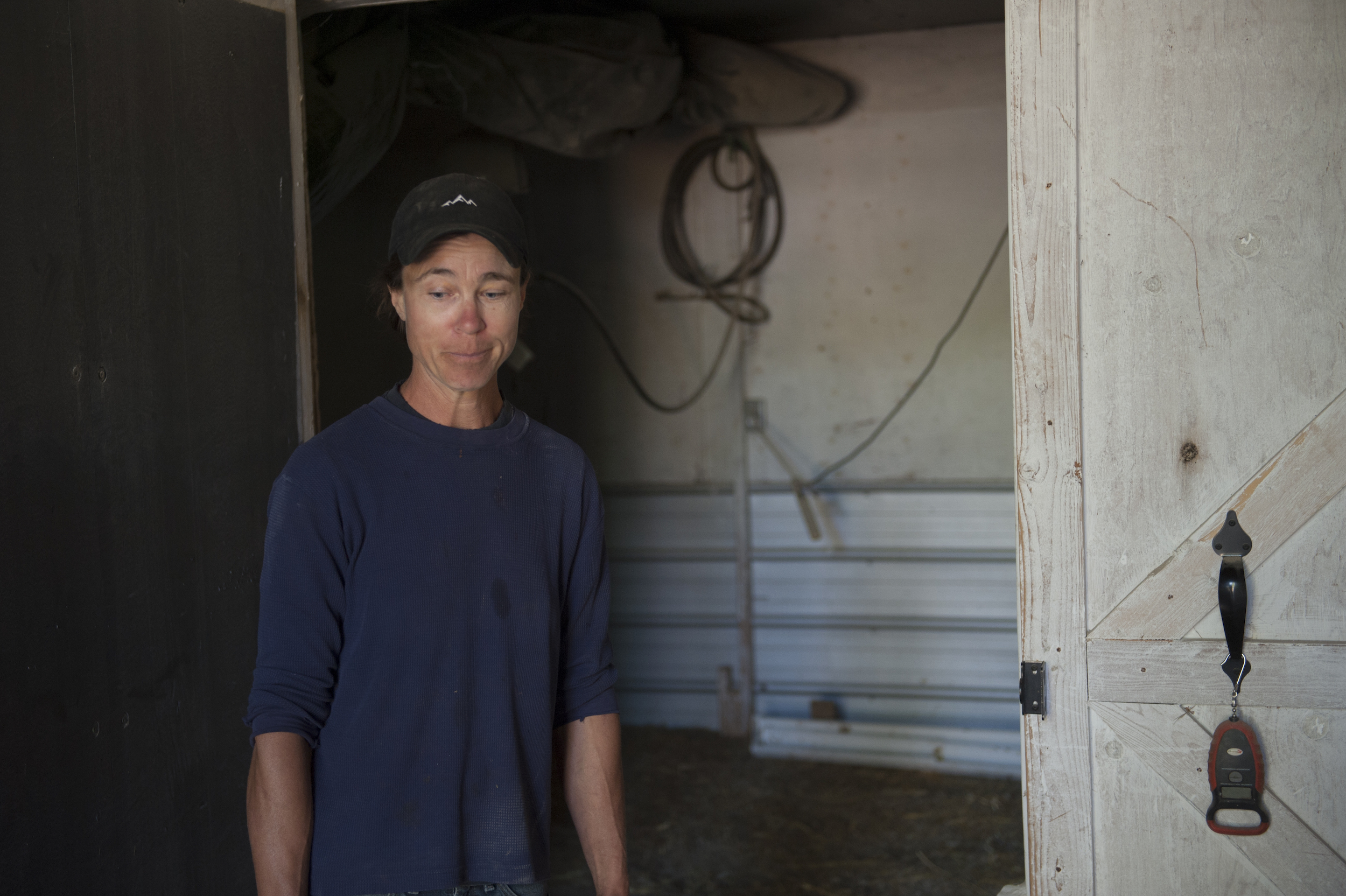
Fisher says that spirit of cooperation and support is one of the reasons he lives in the north.
“We live in an amazing place and we know that coming together is going to happen,” he says. “I’ve been here so long and I still cry at how beautiful people are here — even people that I can’t stand and disagree with, they will come together, we just know that.”
Ewald says it’s important to remember why she and other farmers continue doing the work.
“I don’t know many people who produce food that aren’t 100 per cent committed to it, that aren’t passionate about it,” she says. “I think that if they’re able to make it through those people will double down on the practices that we know we need to implement.”
She walks into an area where she’s been trying to get more organic matter into the soil and says seeing a diversity of plants starting to grow there gives her hope.
“What keeps me going honestly changes each day,” she says. “Some days I’m not going — I’m a fucking mess.”
“We’ve all talked about these kinds of problems and difficulties ahead — and now here they are. This is where all the theory and chit-chat gets real.”
The Narwhal is continuing to look into the implications of drought and wildfires on farming and food production. If you’re experiencing impacts, please reach out to reporter Matt Simmons: matt@thenarwhal.ca
Get the inside scoop on The Narwhal’s environment and climate reporting by signing up for our free newsletter. On a warm September evening nearly 15...
Continue reading
Premier David Eby says new legislation won’t degrade environmental protections or Indigenous Rights. Critics warn...

Between a fresh take on engagement and our new life on video, our team is...

The public has a few days left to comment on Doug Ford’s omnibus development bill....
